Siridhanya/Positive grains are available even now only in our country. The British started to look down upon these grains ever since they landed in India. As these were called as millets or minor millets and since the notion that they need not be eaten was created, they went almost extinct. We have been eating paddy rice only for the past 128 years. Paddy and wheat are grown just in those places where there is an adequate supply of water for irrigation. In the past, paddy rice was eaten on certain special occasions. Crops that require a lot of water for irrigation like paddy, wheat, sugarcane are grown using chemicals. About 8000 Liters of water is needed to produce 1 kg of paddy rice. This is leading to the widespread clearance of forests as well as drying up of reservoirs and rivers.

For how long should this pathetic situation continue? In contrast, only 200 liters of water is enough to grow 1 kg of Foxtail millet grain. Just four spells of rain for a duration of 3 months is enough for the crop to grow. Browntop millet requires only 75 days to grow.
What is the uniqueness of ‘Jungle farming (Kadu Krishi)’
that Dr. Khader vali advocate?
‘Kadu Krishi’ in the Kannada language means Jungle Farming. Forests are being destroyed due to agriculture. In the name of agriculture and modern farming techniques, agriculture is being practiced with the misguidance of multinational fertilizer and seed companies. Huge quantities of chemical fertilizers, pesticides and herbicides are being applied for crops nowadays.
Farmers are being lured to make a lot of money by growing mono-crops like BT cotton, sugar cane, paddy, wheat and the like which require an enormous amount of water. In this process, not only Mother earth nut also the entire humankind is being destroyed.
About 38 percentage of arable land has turned barren. Only
when the soil is healthy people could be healthy. Every person should understand this. Therefore, I do not like the word ‘farming’ and instead call it Jungle farming. I have started this method of agriculture to grow real foods and protect the soils and conserve the Flora and fauna on the earth at the same time. The most important things to be done by the farmer are
as follows:
(i) the making and use of liquid fertilizer called ‘elixir of the jungle,’
(ii) a minimum of 20 % area in any piece of agricultural land should be earmarked for growing a small forest, and
(iii) collecting the leaf litter and other biomass generated by the trees in the small forest and using it to enrich the soil
In the farmland. The menace of pests would arise When only a single crop is grown. Mixed cropping pattern including a combination of siridhanya/positive grains (monocotyledons), pulses (dicotyledons) and oilseeds should be practiced.
We grow 12 different crops at the same time in our farm and this pattern of agriculture controls pests naturally.
Dr. Khader suggests that a small forest – in about 20 % of the total area – should be grown in every farmland. Farmers can grow and cultivate in just an acre or two. To quote Dr. Khader, “Ever since I bought 7.5 acres of barren land in 2009,
I have been growing forest in 3 acres and crops in 4.5 acres. Forest spread over in 3 acres protects crops grown in 10 acres. The leaf litter and biomass that come out of the trees grown in the forest should be collected in summer months and incorporated into the soil of the farm. A few kinds of birds and
little animals would also start living in the forest. The microorganisms found in the dung and urine of these forest creatures would turn the biomass into rich natural fertilizer. Therefore, it is called ‘atavi prasad’. When this natural fertilizer is applied to the soil, by the time the crops are ready for harvest, flocks of birds visit our farm as uninvited guests.
They feed on some of the crops. But still, it is excellent as the price of the grains that the birds feed on is lower than the value of the precious fertilization done by their droppings in the farm. Only when one or two farmers in an area grow siridhanya the crop loss owing to the birds would be high. But, if many farmers in an area grow siridhanya at the same time, the damage to each farmer would be negligible.
It is also advisable to dig pits at appropriate places in the farm to collect rainwater and thereby enable the increase in the biodiversity there. The threat of pests will be less in a farm next to a forest. Even small holding farmers should earmark 20 % of their land for growing a forest. Then, there is no need to grow forest separately elsewhere. Man has broken the interconnected life cycle in the nature. It has to be rebuilt by the man by abandoning chemical fertilizers, pesticides and herbicides. This is the central principle of ‘Jungle Farming’. Thousands of farmers in Karnataka are cultivating siridhanya in this method and getting an yield of 10 quintals on an average.
We are proud to announce the first ever Kadu Krushi/Jungle Farming training for farmers from Telugu States
Venue : HD Kota, Mysuru
Confirmed Dates: Feb 7th and Feb 8th.
We will have another training before Shivaratri.
Form to register your farmer : https://goo.gl/forms/0zkSlJWWtyM82p3x2
Contribution : paypal.me/sseshachala
For participation – please contact sudhi@b2bsphere.com or 4082039960





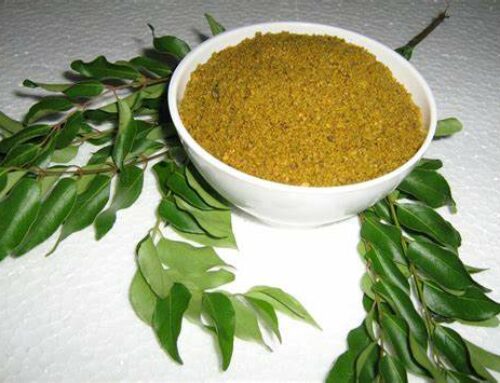
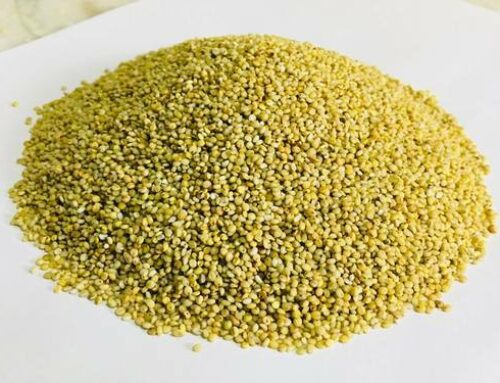
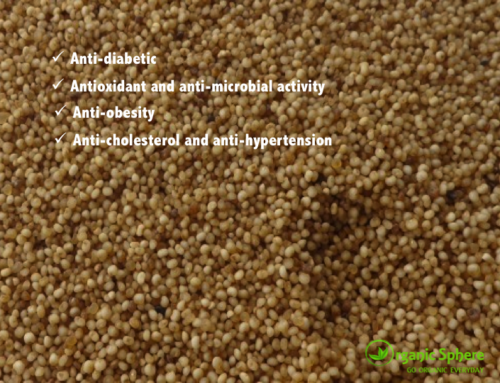
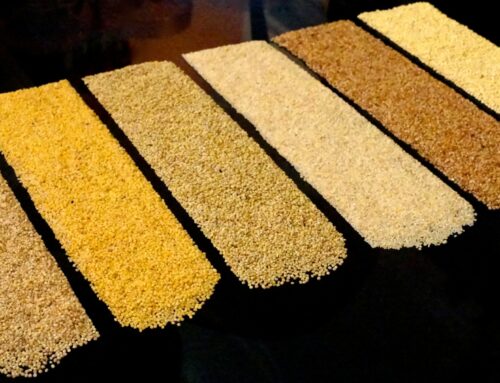
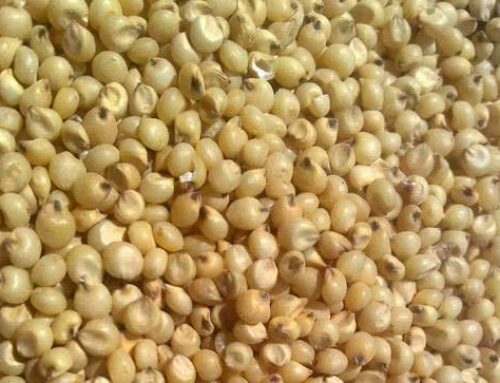
Leave A Comment
You must be logged in to post a comment.